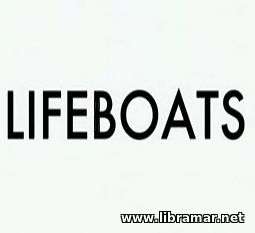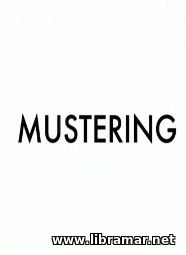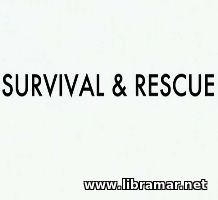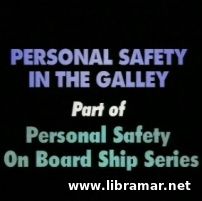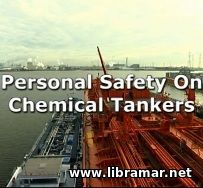
The chemical carriers are considered very technically sophisticated and complicated vessels with demanding cargo transfer operations. These vessels normally carry so many different cargoes on each of their voyages, and each of the chemicals transported represents a potential threat to the safety of the people on board.
The present video training is intended to emphasize the fact that the most efficient and important defense against personal injury is keeping to the established and proven procedures of all cargo operations. The content is divided in seven sections covering the preparation for the operations, loading, discharging and cleaning operations, engineering activities, entry to the confined spaces, further hazards to take into consideration, and managing chemical carriers.
In addition to the above, this training video features several case studies of the real life incidents that demonstrate what can occur if proper procedures are not followed. The cargoes transported by chemical tankers can be flammable, toxic, corrosive and asphyxiating. The intention of the authors of this video was to show the importance of having clear understanding of all hazards involved and of the protective equipment that is required. And the most important would be to know the vessel and to keep to the procedures...

